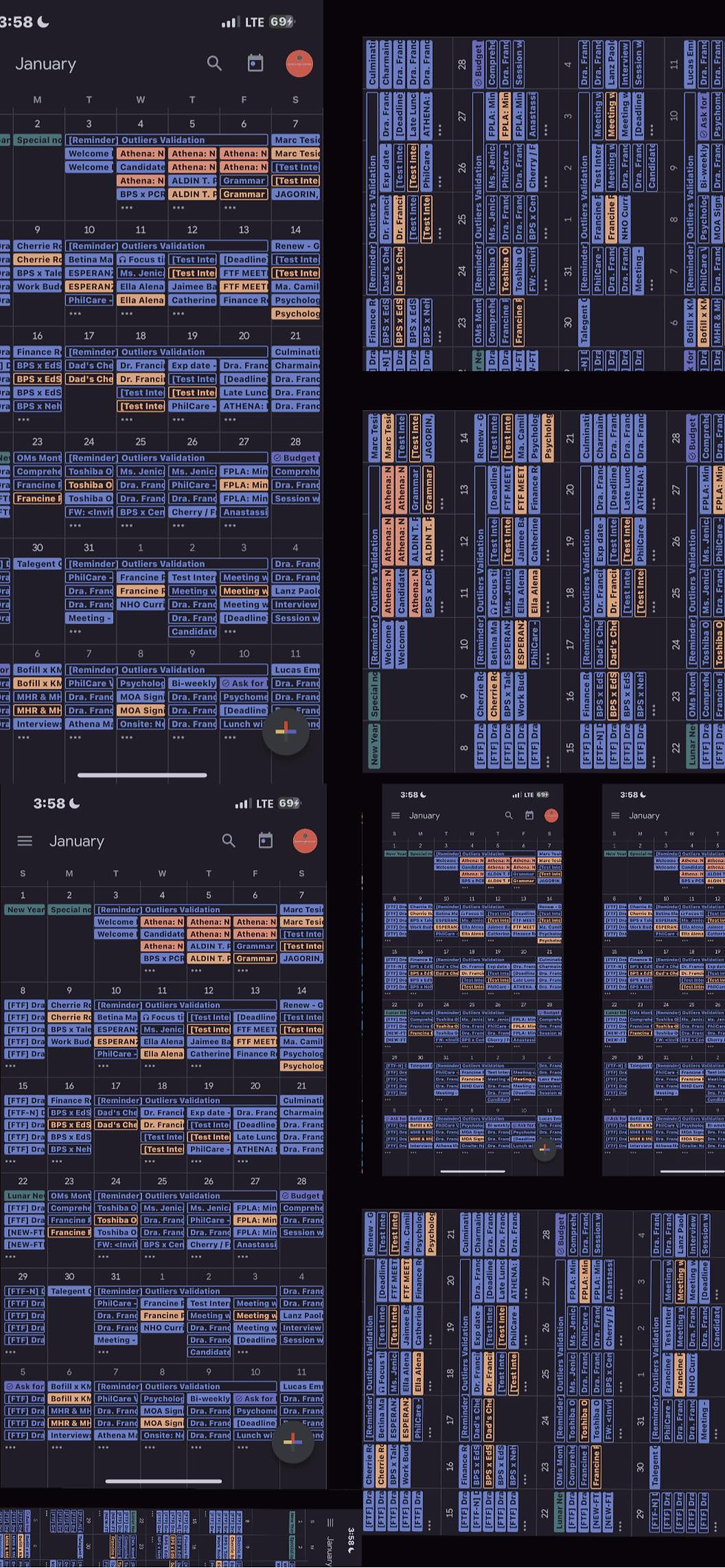Love in the Time of Corona: The Psychological Implications of Dating Applications
- Aniana Fonacier
- Nov 9, 2021
- 3 min read
Updated: Mar 20, 2022
Dating has vastly changed over the years. In 1883, the term “courtly love” was first used wherein it is characterized by the relationship between two people being a secret, outside of marriage, with the male counterpart going through physical sufferings in response to his love for his lady.
Then by the late 1800s, courting dominated the way how middle and upper-class men looked for partners with the goal to marry them. Potential partners were met through social events or through their friends and relatives. During this time, courting was done privately as partners visited each other in each of their homes, usually accompanied by the woman’s guardian.
By the early 1900s, courting shifted into dating wherein couples went out in public together with the only goal to have fun which does not necessarily have to end in marriage. Finally, in the 1960s, dating became less ritualized and less formal. And with the technological advancements that came along the passing of years, dating became even easier.
In 1995, the first dating app called Matched.com was made and has since then multiplied. In 2020 statistics, it was reported that there were more than 1,500 dating apps with a booming number of 270 million users worldwide. Most popular of which is Tinder, Bumble, Plenty of Fish, Match.com, and OkCupid.
In earlier years, the use of dating apps has been considered to be embarrassing or taboo, but it’s currently way more socially accepted especially by younger people. When the World Health Organization declared Corona Virus Disease as a pandemic in March 2020, most countries were forced to be put in lockdown and people had to stay inside their homes. At the same time, Tinder had its record of the highest number of swipes in a single day which was 3 billion, OkCupid had a 700% increase in dates, and Bumble’s video calls increased by 70%. This eased people’s feelings of isolation and loneliness as dating apps helped individuals to easily connect even when they’re safely quarantined at home. However, this can be alarming as there have been many studies that revealed the disadvantages dating apps cause to their users’ mental, relational, and sexual health.
In a 2020 study by Holtzhausen et al., it was revealed that users of swipe-based dating applications (SBDA) had higher levels of distress, anxiety, and depression compared to non-SBDA users. Interestingly, in another study, results showed that Tinder users can simultaneously feel joy, sadness, and anxiousness when using the app, with sadness and anxiousness as the dominating feelings due to social comparison (Dhir et al., 2018). This is because the more time a user spends on the app, the more they self-consciously compare themselves with others. This drawback is more serious for users who are validation-seekers as attention is necessary for them and they are more sensitive to rejections. This need for external validation correlates with emotional distress.
Furthermore, because dating apps are primarily body-centric, focusing on physical attractiveness, there is a risk of body image and diet issues. This results in individuals having low satisfaction, high shame about their bodies, and unhealthy body management behaviors such as using laxatives and anabolic steroids.
While dating applications’ goal is for individuals to be able to connect more conveniently, I believe that potential users should be made aware of the possible risks that they may encounter while using such apps. Especially with individuals who are susceptible to mental health concerns, it’s best for them to not engage in online dating. However, for individuals who believe that they are prepared to engage in these activities, it will be important to be wary of the risks and remember to always put your mental health first. When things get unhealthy for your well-being, learn how to log-out, and put your phone down.
References:
Castro, A. & Barrada, J. (2020). Dating Apps and Their Sociodemographic and Psychosocial Correlates: A Systematic Review. Int J Environ Res Public Health, 17(18). https://doi.org/10.3390/ijerph17186500
Curry, D. (2021). Dating App Revenue and Usage Statistics (2021). BusinessOfApps. https://www.businessofapps.com/data/dating-app-market/#2
Dhir, A., Yossatorn, Y., Kaur, P., & Chen, S. (2018). Online social media fatigue and psychological wellbeing—A study of compulsive use, fear of missing out, fatigue, anxiety and depression. International Journal of Information Management, 24(9), 141–152. https://doi.org/10.1016/j.ijinfomgt.2018.01.012
Fortune Editors (2021). Activity on dating apps has surged during the pandemic. Tech Fortune Brainstorm. https://fortune.com/2021/02/12/covid-pandemic-online-dating-apps-usage-tinder-okcupid-bumble-meet-group/
Holtzhausen, N., Fitzgerald, K., Thakur, I., Ashley, J., Rolfe, M., Pit, S. (2020). Swipe-based dating applications use and its association with mental health outcomes: a cross-sectional study. BMC Psychol, 8(22). https://doi.org/10.1186/s40359-020-0373-1
Hunter E. (2009). Courtship. Encyclopedia of Gender and Society Social Science, 1. 168-170. SAGE.
Koppelman, K. (2009). Courtly Love. Encyclopedia of Gender and Society Social Science, 1, 167-168. SAGE.
Lim, N. (n.d.) Online Dating Industry: The Business of Love. Finance Processes. https://www.toptal.com/finance/business-model-consultants/online-dating-industry
Statista Research Department (2021). U.S. dating apps by audience size 2019. Statista. https://www.statista.com/statistics/826778/most-popular-dating-apps-by-audience-size-usa/




Comments